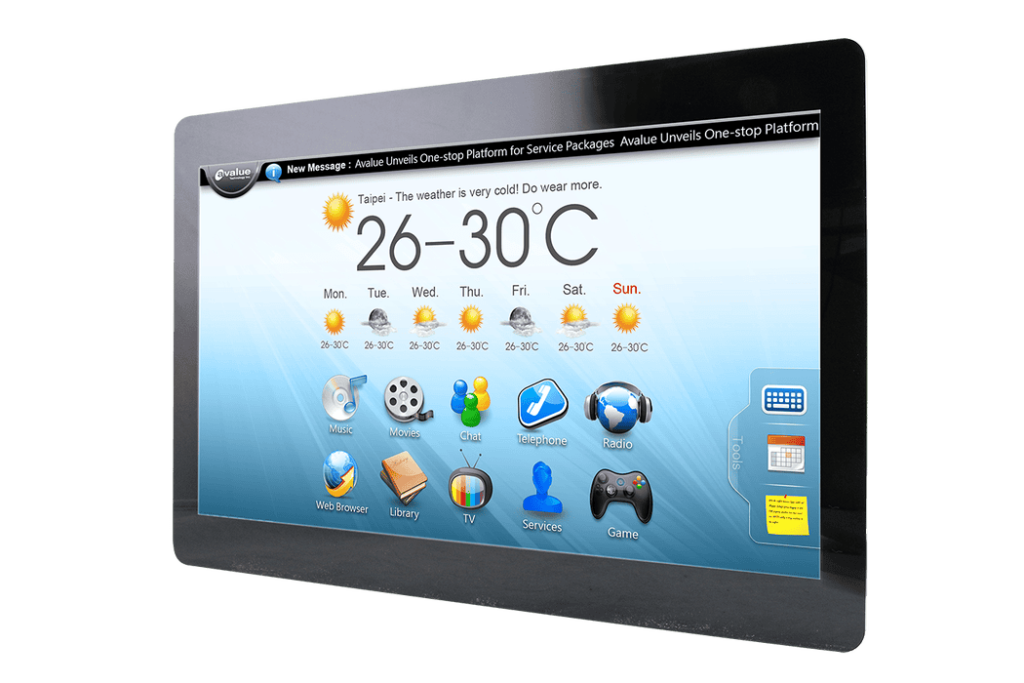+44 (0)1634 791600
info@crystal-display.com
Newsletter Sign Up!
+44 (0)1634 791600
info@crystal-display.com




Transparent display technology is evolving rapidly, and as engineers we often face the challenge of balancing performance, cost, and practical application. At Crystal Display Systems, we evaluate each option—transparent LCD, OLED, and LED—not just for marketing appeal, but for the technical trade-offs that determine whether a solution is viable in retail, exhibitions, or large-scale media. Below is an engineering-driven analysis that breaks down the strengths and limitations of each technology.
| Feature | Transparent LCD | Transparent OLED | Transparent LED |
|---|---|---|---|
| Transparency | 8–15% | Approx 40% | 40–75% (Dependant on Resolution) |
| Light Source | External high brightness backlight (Rear) | Self-emissive | Direct LED |
| Contrast | Good | Excellent | Excellent |
| Image Quality | Great | Excellent | Okay |
| Viewing Angles | Good | Excellent | Good |
| Brightness | Average, needs external backlight | Variable 150–600cd | Very high (1000–5000 cd/m²) |
| Bezel Design | Framed | Frameless | Modular |
| Sizes | 12–86” | 30″–77″ | Scalable to Infinite size |
| Applications | Showcases, retail, museums | Premium retail, exhibitions, video | Large shopfronts, interior architectural media |
| Advantages | Long availability, lower cost | Superior contrast, frameless | Very large, bright, scalable |
| Limitations | Needs backlight, lower transparency | Higher cost, shorter lifespan, low brightness | Lower resolution, installation considerations |
Transparent LCDs use a high-brightness backlight, typically mounted behind the panel, to create the display effect. Transparency levels are modest at around 8–15%, but image quality is consistent and colour reproduction is good. Viewing angles are generally reliable, though not as wide as OLED. LCD’s main advantages are long availability and lower cost, with a range of sizes from 12″ up to 86″. These are ideal for showcases, retail displays, and museums where controlled lighting conditions allow the backlight to shine. The key limitation is reduced transparency and the reliance on a backlight, which makes LCD less suitable for ultra-bright or frameless applications.
Transparent OLEDs are self-emissive, meaning each pixel generates its own light. With around 40% transparency and true black performance, the image quality is excellent and viewing angles are ultra-wide. They offer frameless designs and superior contrast, making them a premium choice for exhibitions, flagship retail spaces, and videowalls. Sizes typically range from 13″ to 55″. However, OLED panels come at a higher cost and generally have a shorter operational lifespan compared to LCD. Engineers must also account for heat management and careful handling during integration, as OLED materials are more delicate.
Transparent LED technology is fundamentally different, using modular direct LEDs to create very high brightness levels, typically 1000–5000 cd/m², with transparency ranging from 40–75% depending on pixel pitch. While resolution is lower and visuals can appear pixelated up close, LEDs excel in scalability. Panels can cover entire shopfronts or outdoor media walls with dramatic visual impact. The main advantages are size, brightness, and modular design. The trade-offs are reduced resolution and higher pixel pitch, which make them less suited for close-up applications like retail showcases.
Each transparent technology has its place: LCD for cost-effective showcases, OLED for premium retail and exhibitions, and LED for large-scale outdoor and shopfront applications. For engineers, the decision comes down to transparency needs, brightness requirements, and environmental constraints. At Crystal Display Systems, we guide clients to the optimal solution by balancing technical specifications with real-world application demands.